 "BringBackTheCommodore" (bringbackthecommodore)
"BringBackTheCommodore" (bringbackthecommodore)
12/28/2015 at 13:50 • Filed to: bikelopnik, lanesplitter, oppositelock, oppositebike, suzuki, boulevard, m50, kawasaki, ZRX, 1200R
 0
0
 9
9
 "BringBackTheCommodore" (bringbackthecommodore)
"BringBackTheCommodore" (bringbackthecommodore)
12/28/2015 at 13:50 • Filed to: bikelopnik, lanesplitter, oppositelock, oppositebike, suzuki, boulevard, m50, kawasaki, ZRX, 1200R |  0 0
|  9 9 |
So, a couple of weeks ago, I decided to do a fuel controller install so I could run a set of short pipes (the pipes have baffles for added quietness and backpressure, so I don’t burn up exhaust valves and so on , the fuel controller ensured the engine would not run lean, and thereby prevent the valves from burning up, which would have happened if I had run the K&N air filter and the low-restriction exhaust on the stock fuel mapping).
So, here we go!
Step 1: Pull off tank and disconnect connectors and fuel line.
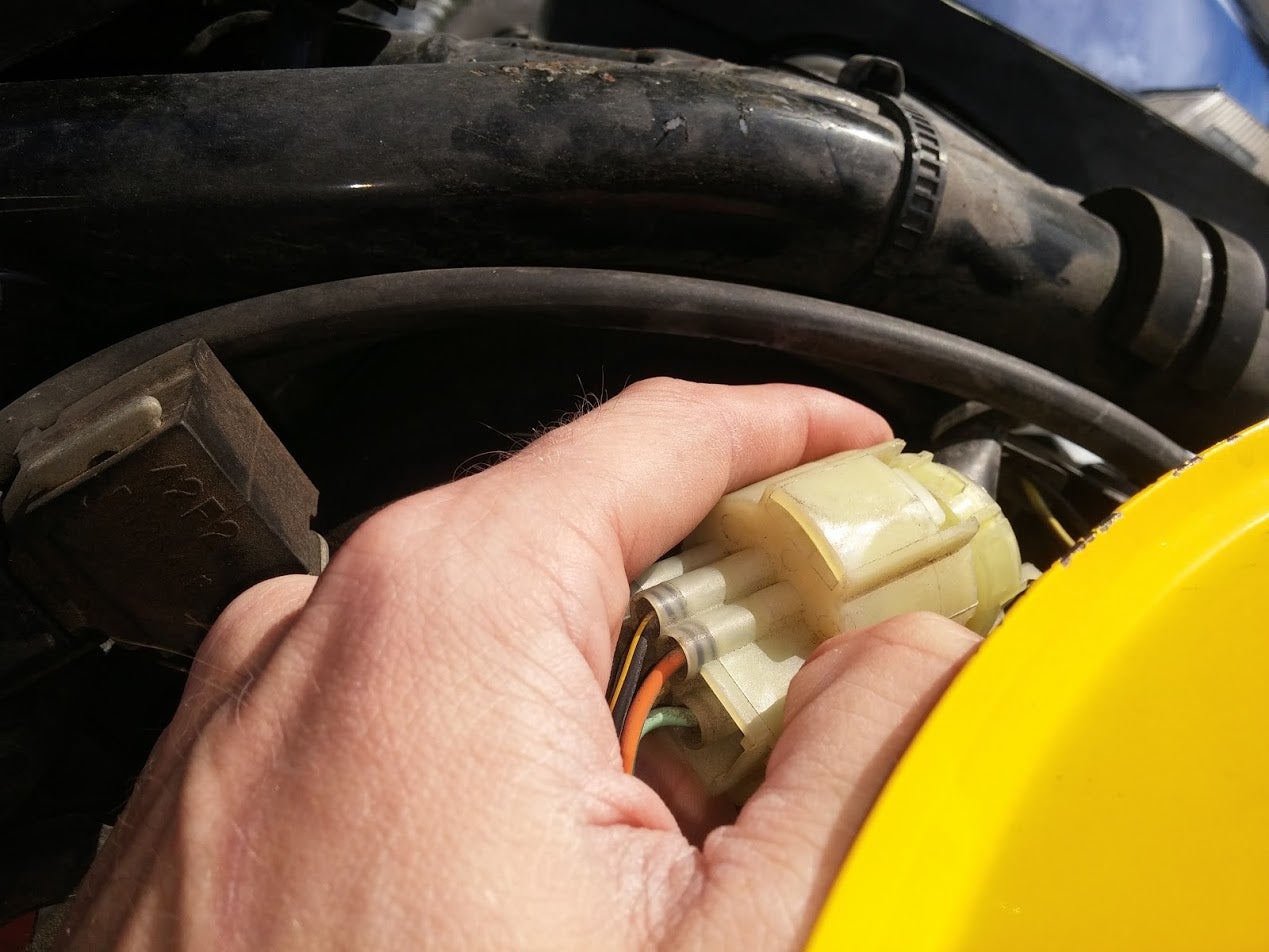
Yep, this little brown one was a pain.
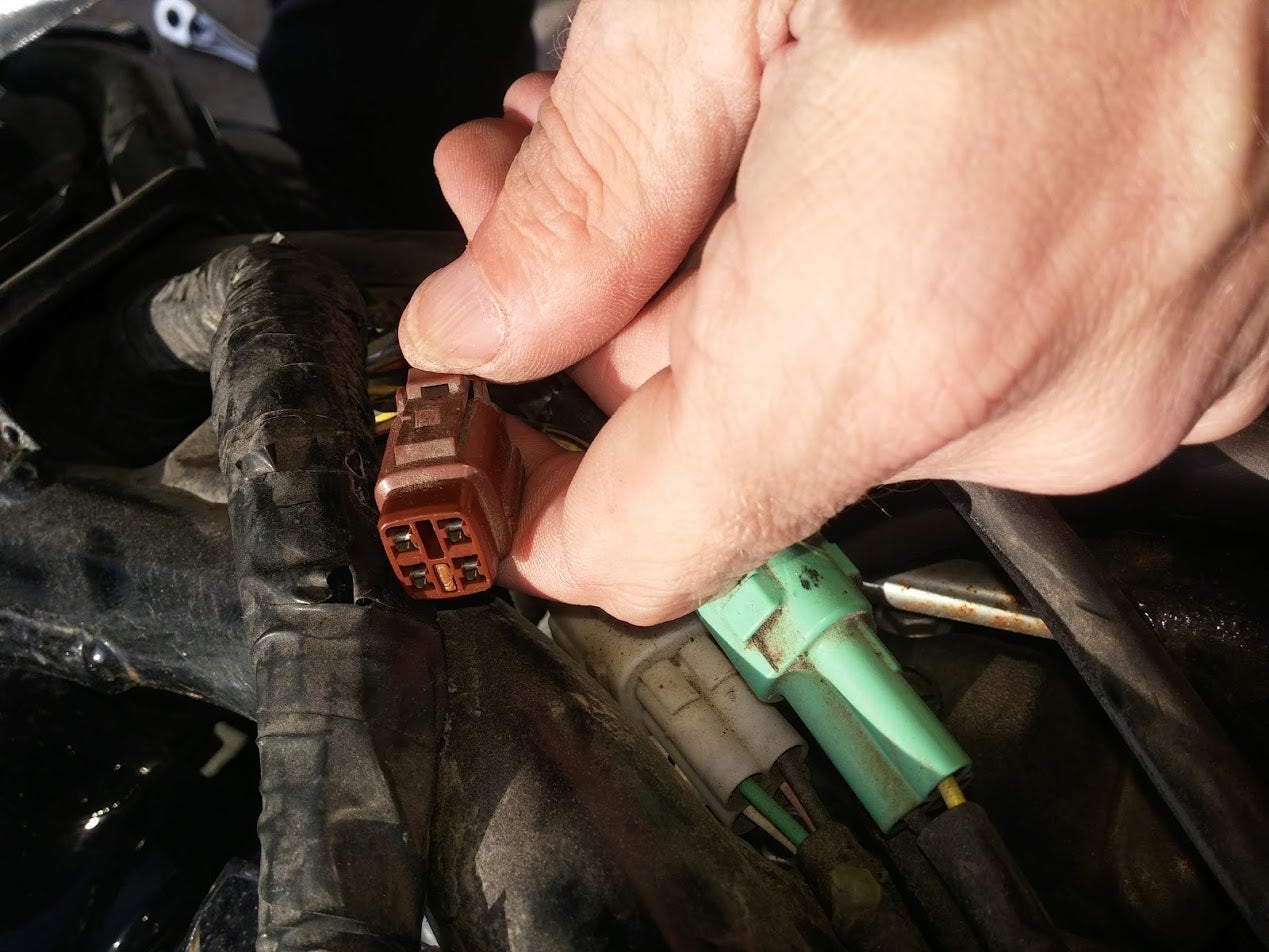
Set the fuel tank on the ground near the bike, tilted up, so I could keep the fuel in the tank instead of all over the ground.
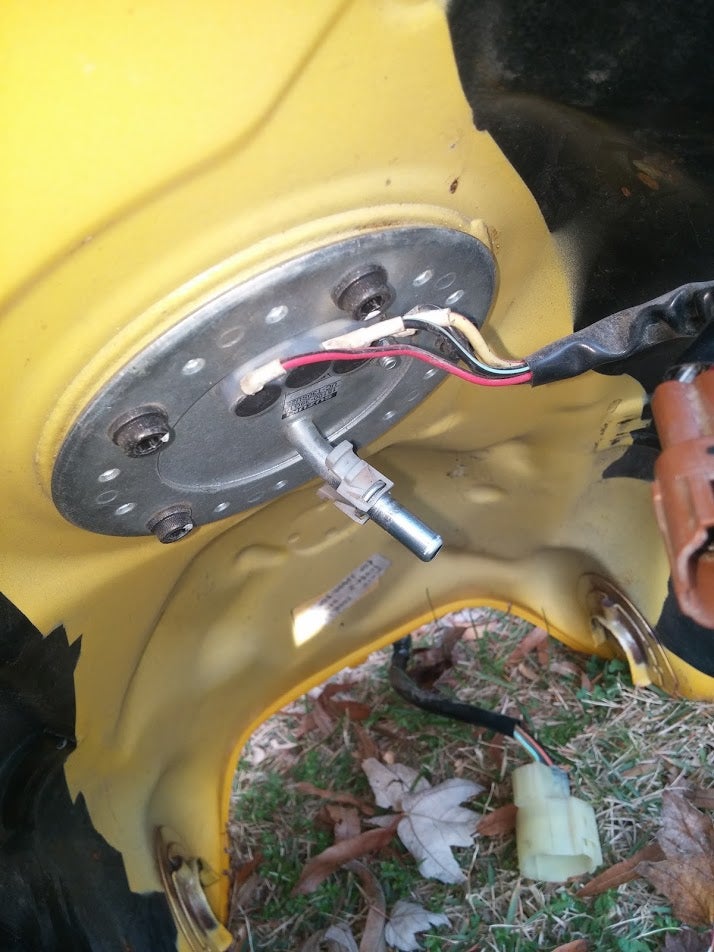
Step 2: Disconnect electrical connectors and vacuum hoses from the intake sensors:
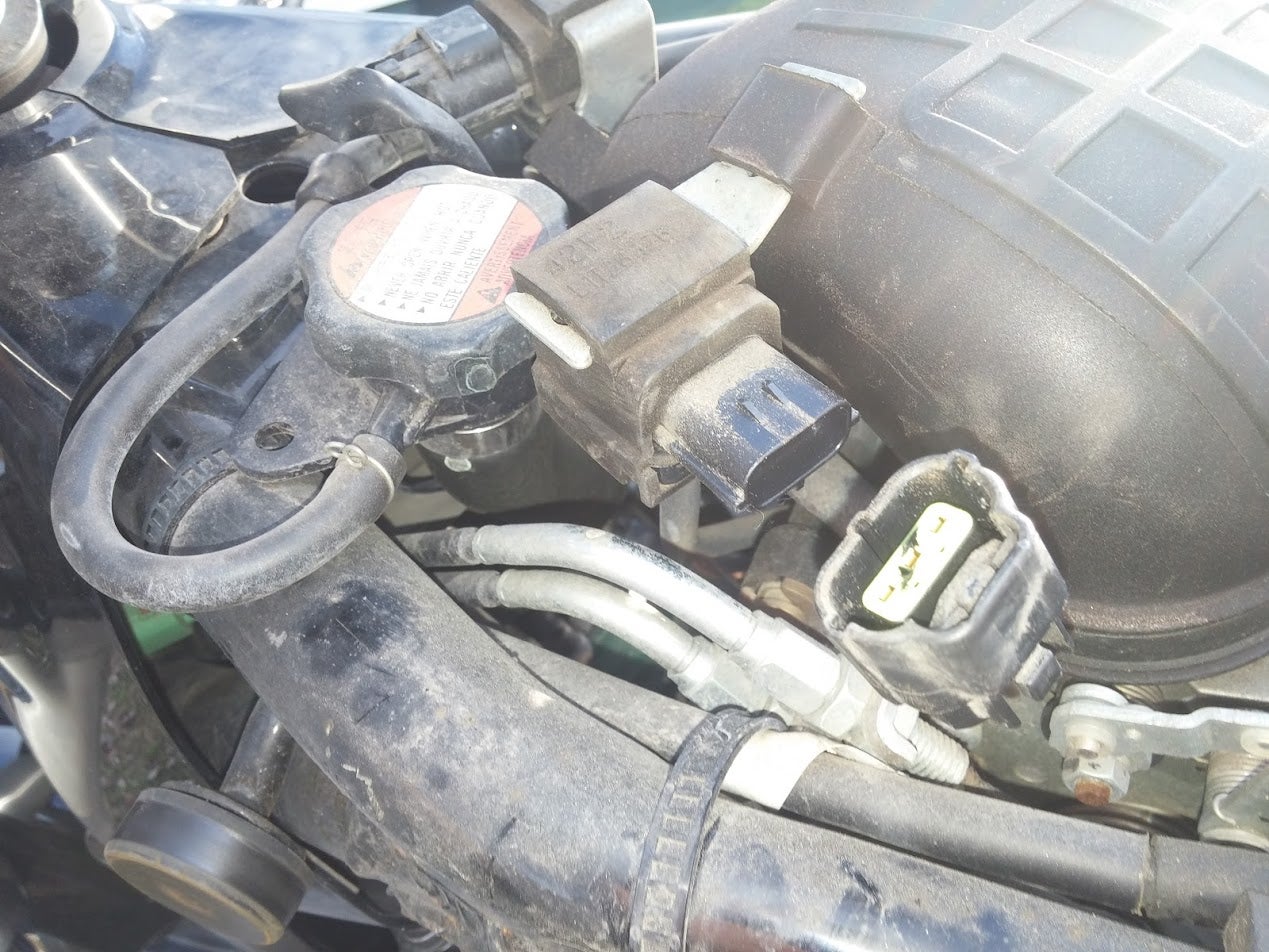
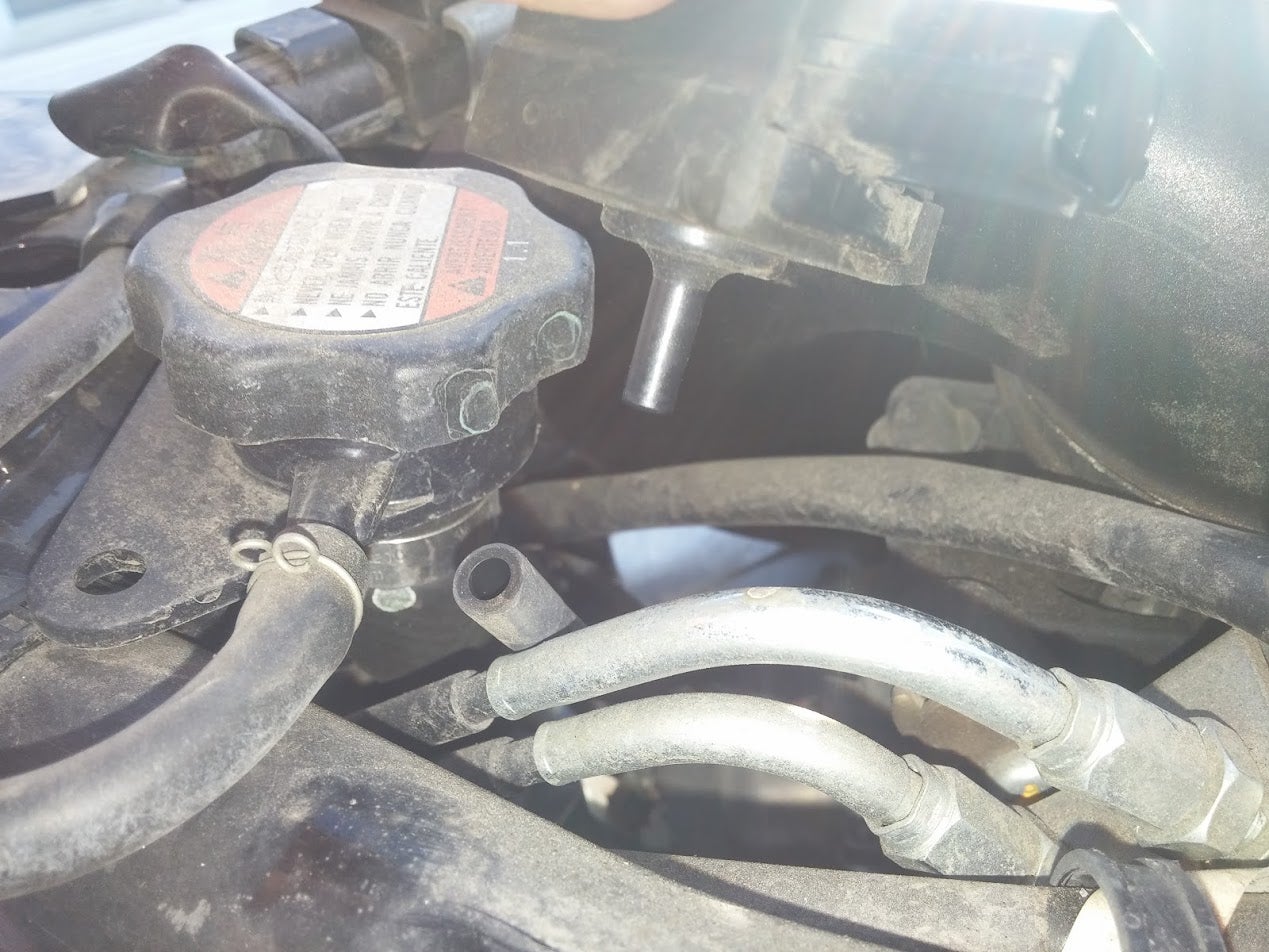
Unscrewed the screws for the air box and also got the little pain in the ass hose clamp screw from behind the airbox mount:
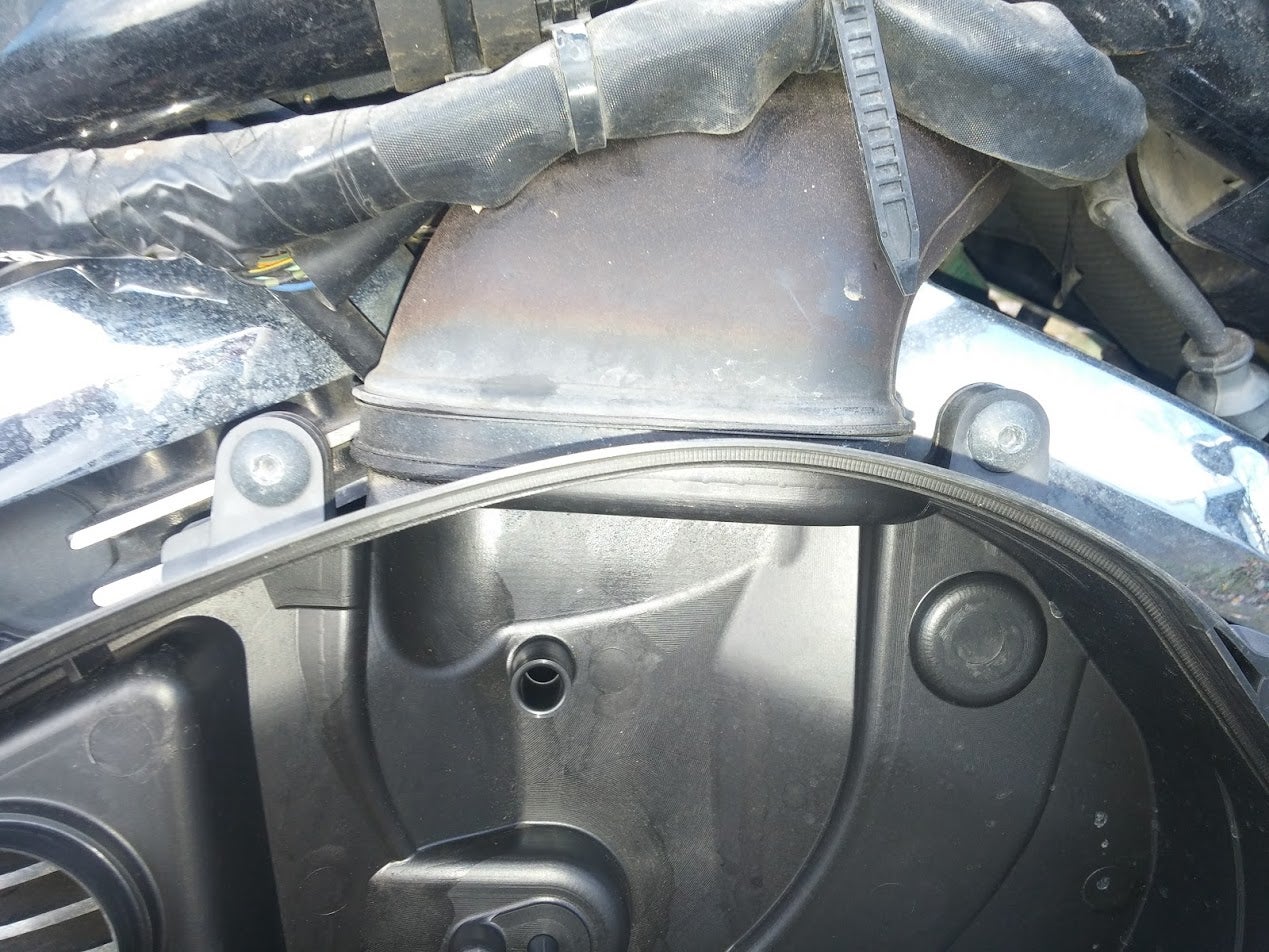
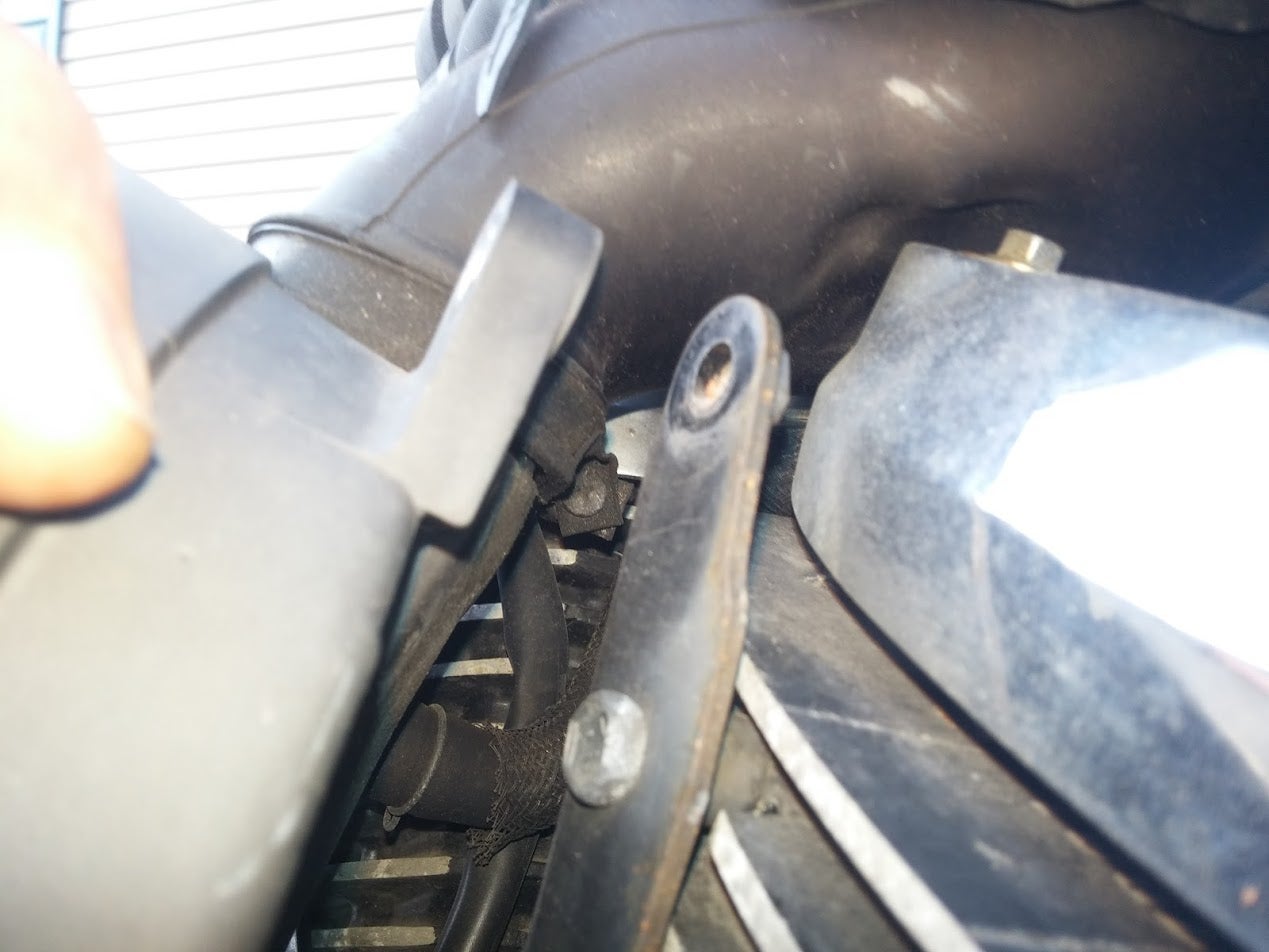
And these were a little annoying to get to:
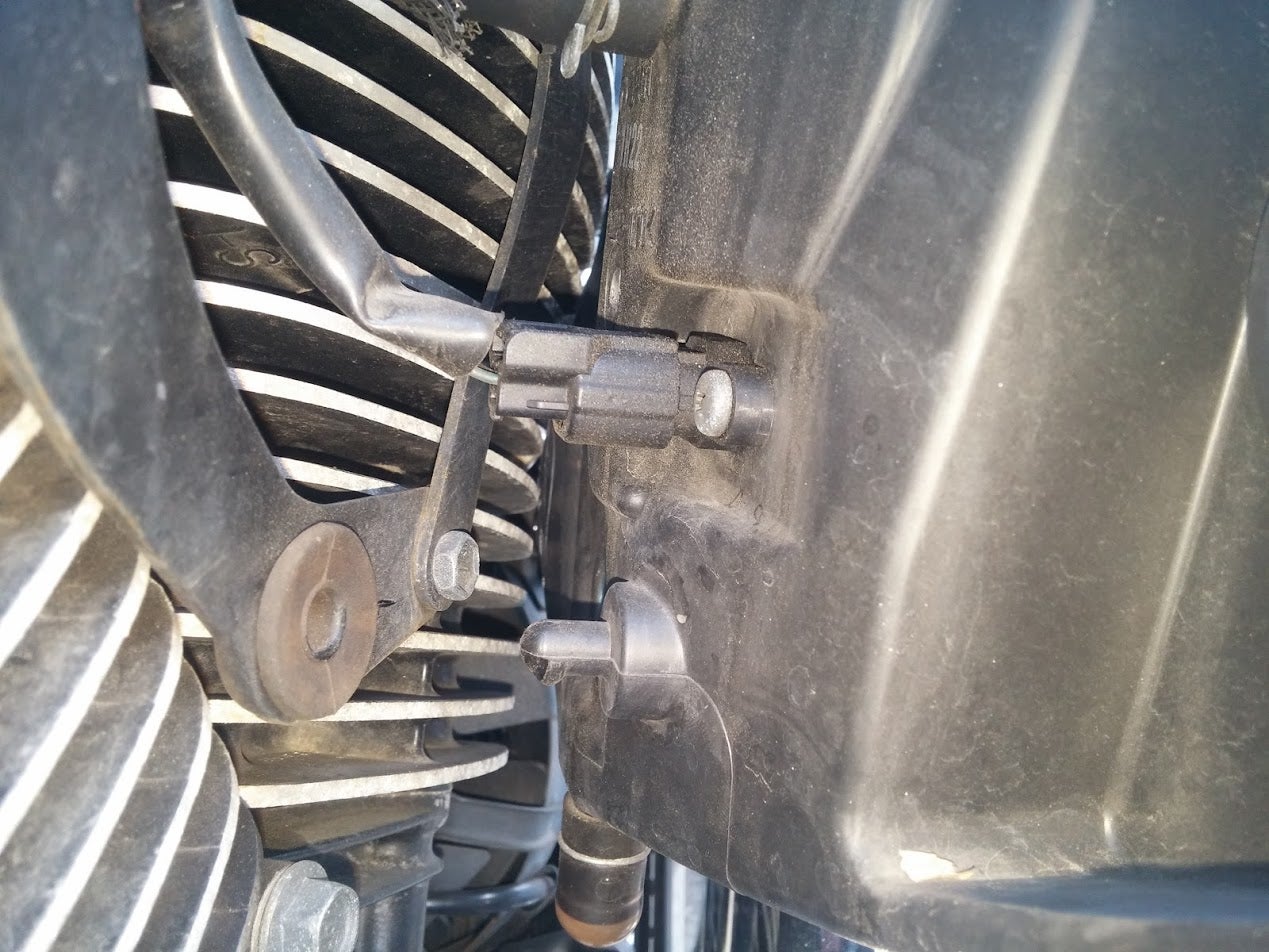
Disconnected another vacuum line from the intake boot:
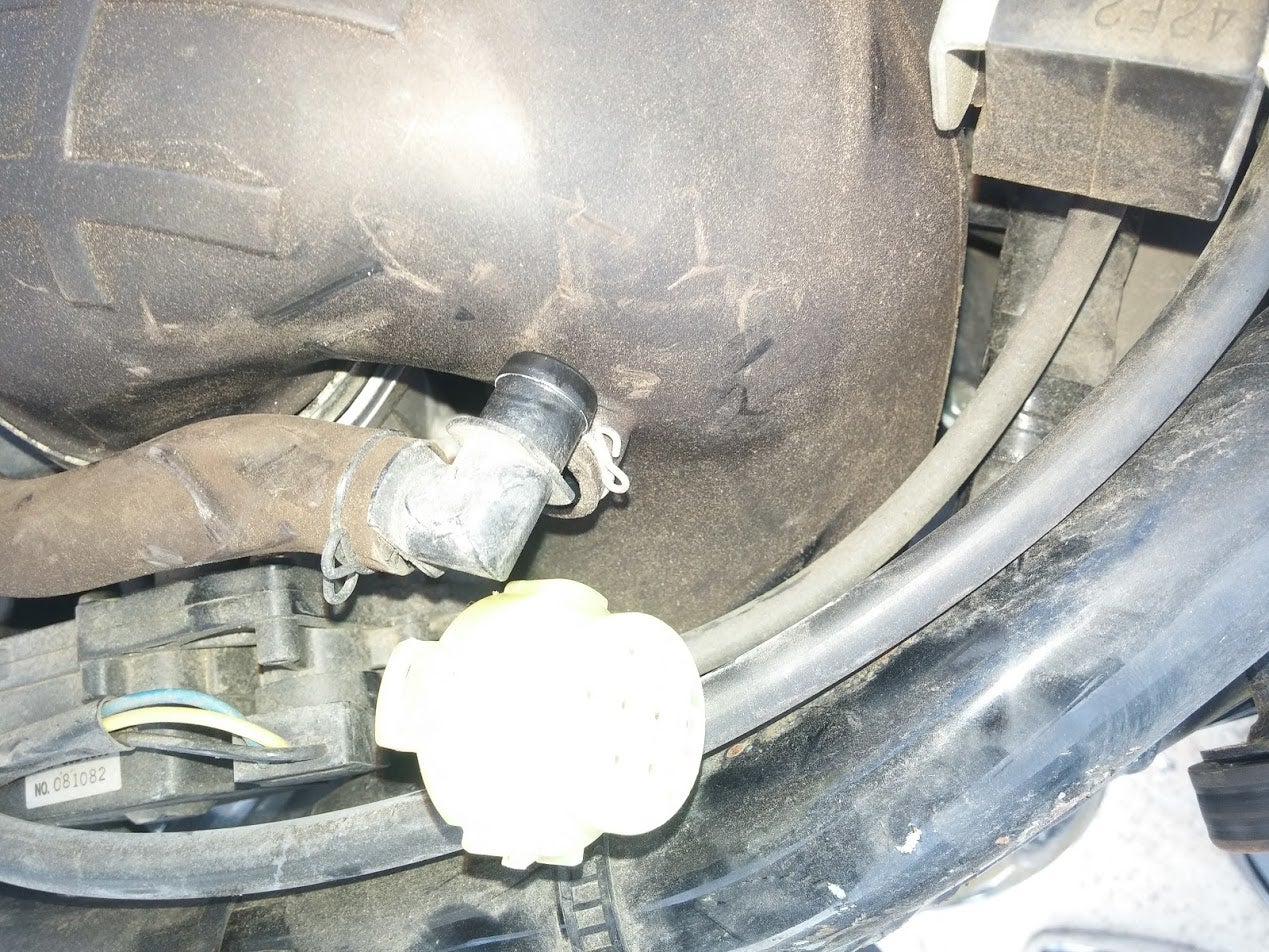
And...the boot’s removed!
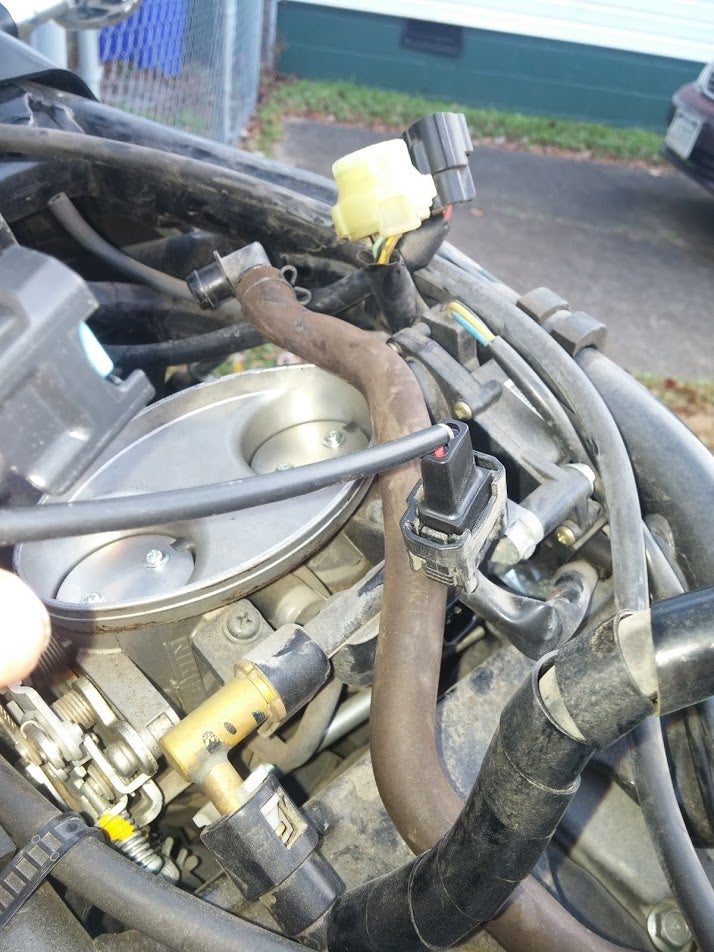
Next, reach fingers down as far as I can stretch them and get the electrical connectors for the injectors:
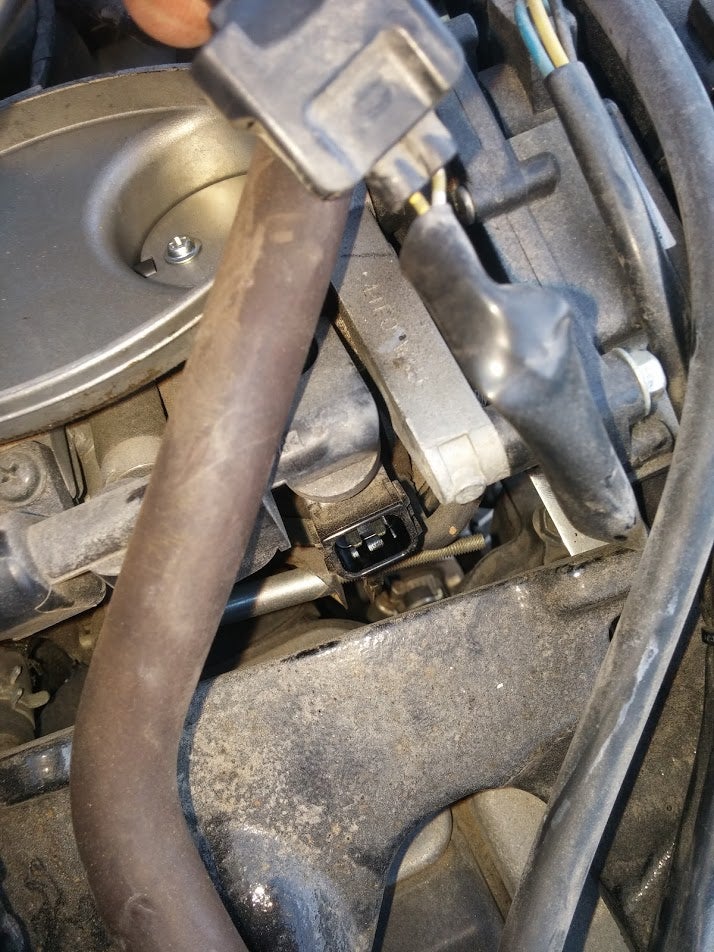
Now to connect the fuel controller connections:
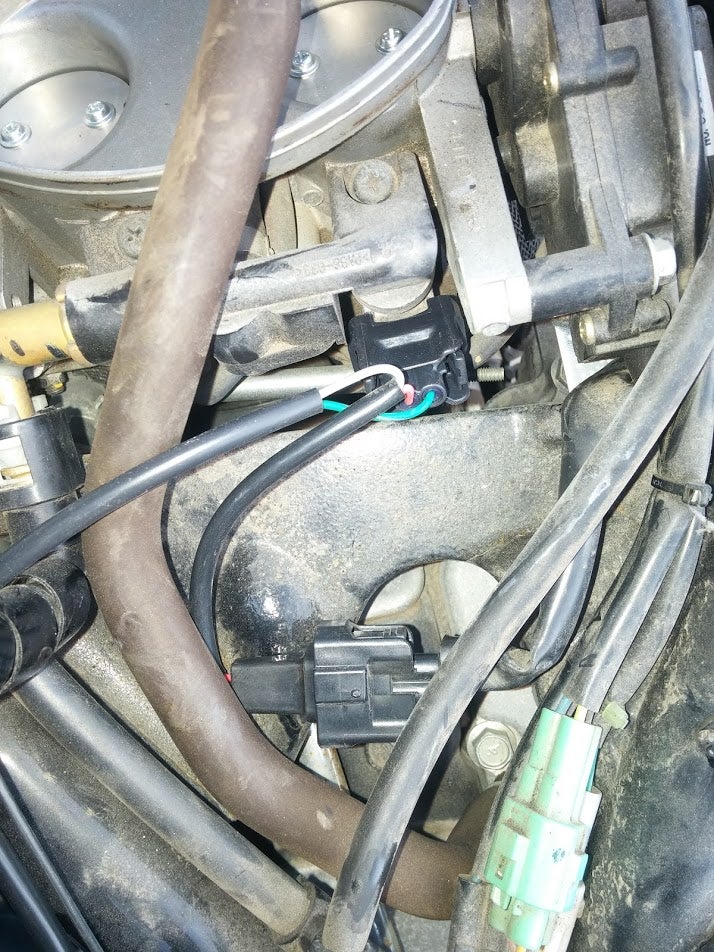
The one behind the coolant cap is kind of a pain to get to:
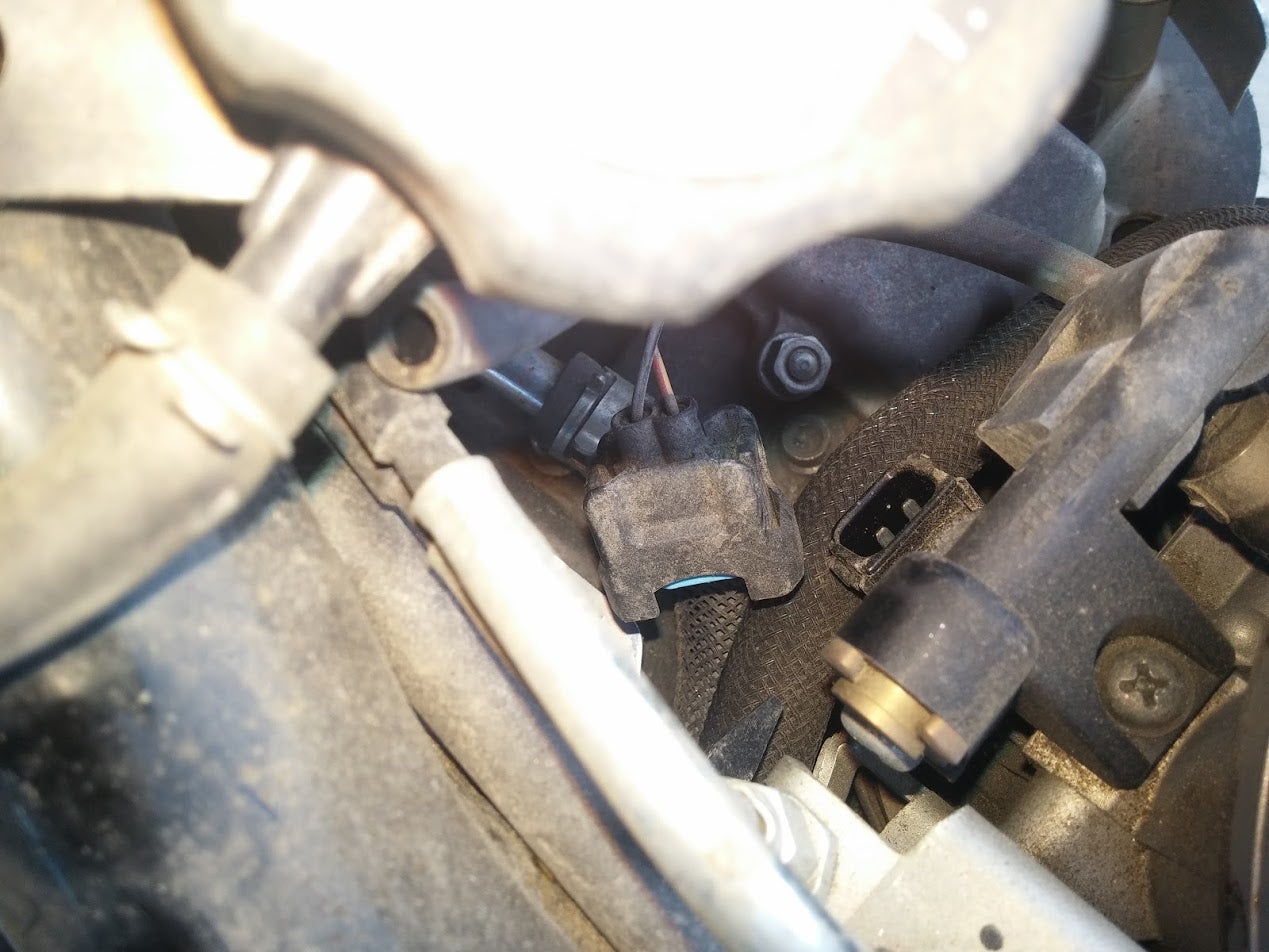
And connect the plugs again...
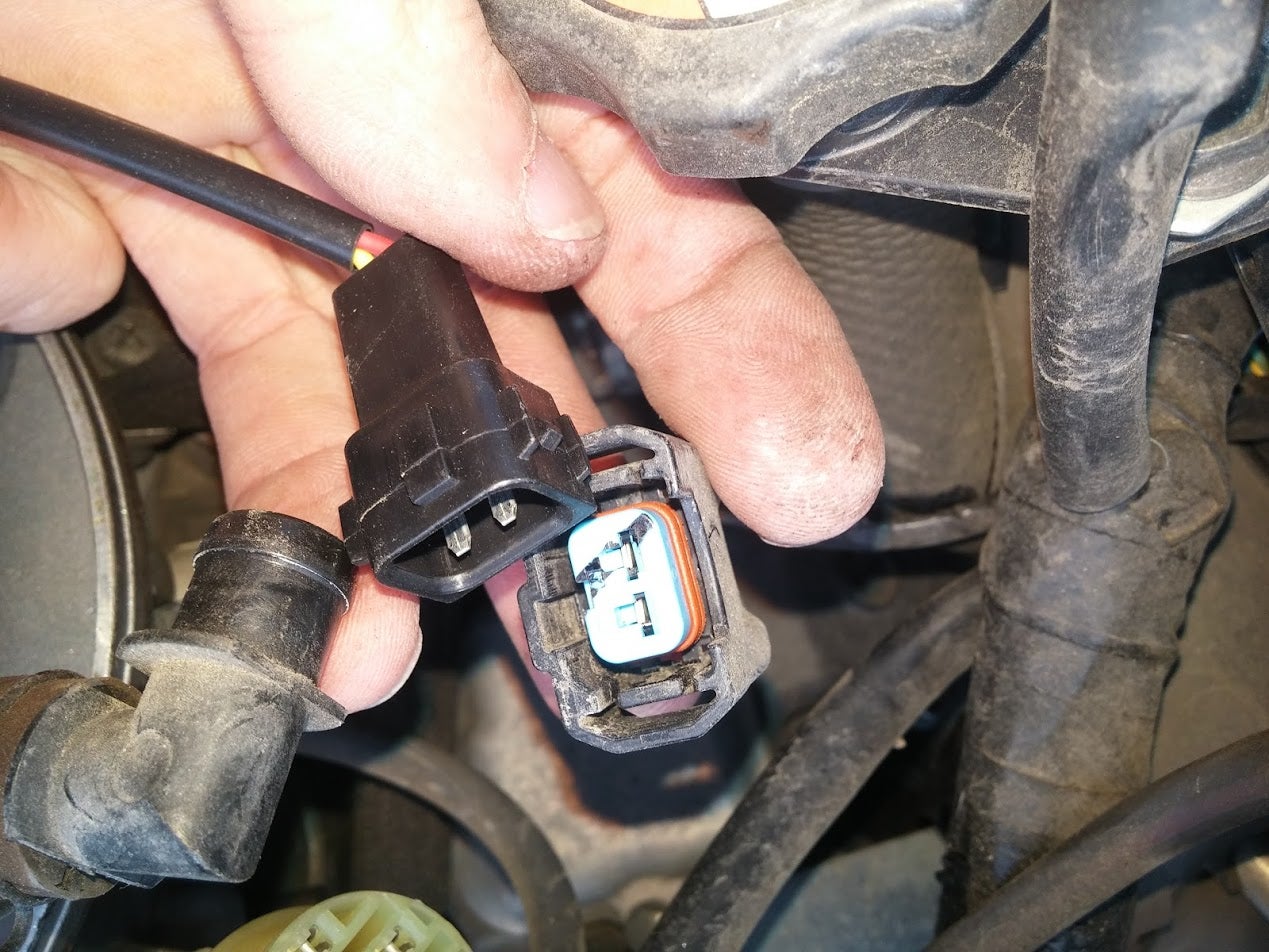
Connect the ground wire to a spot where it won’t melt:
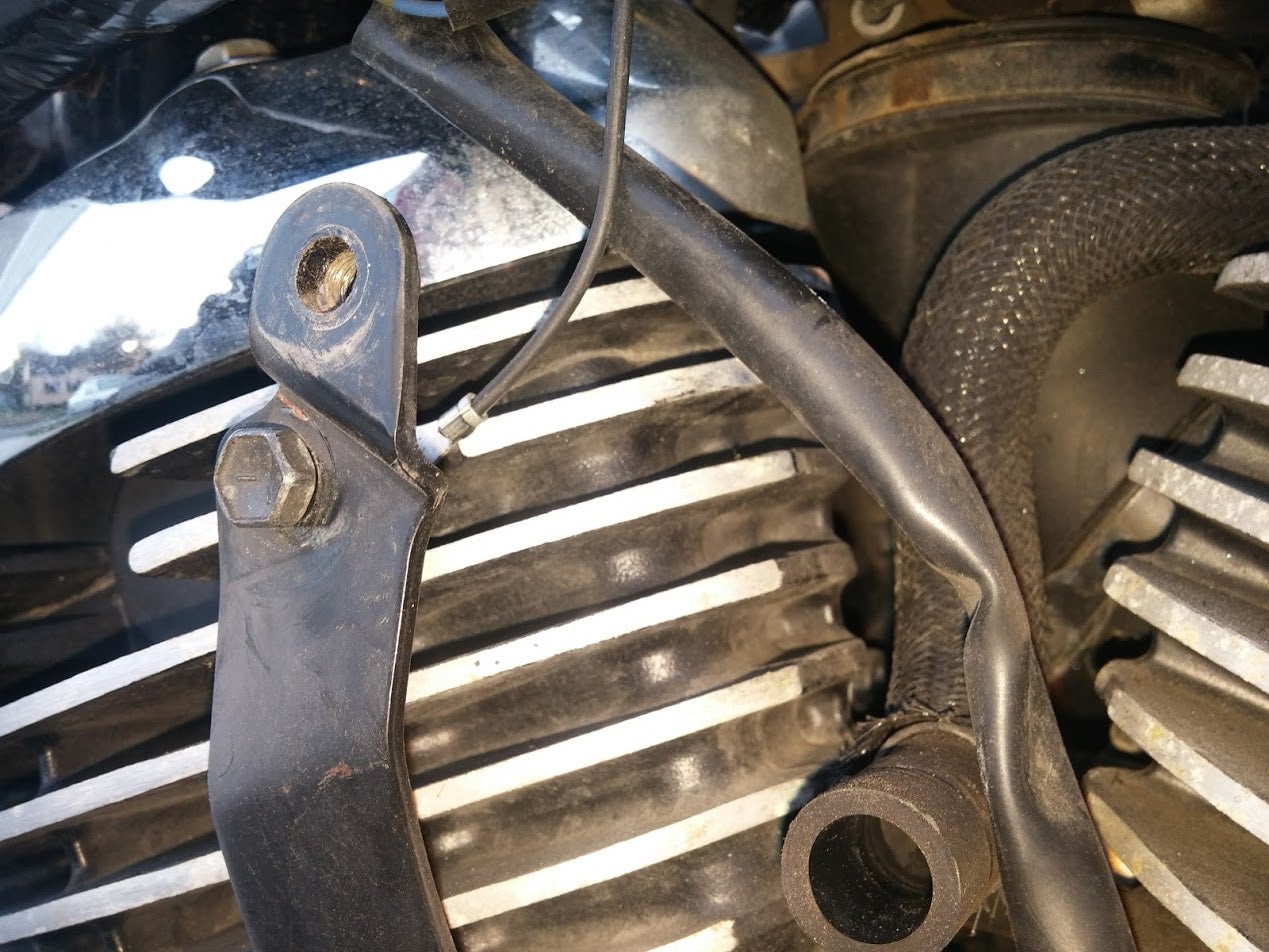
Button it all up in reverse order and there ya go!
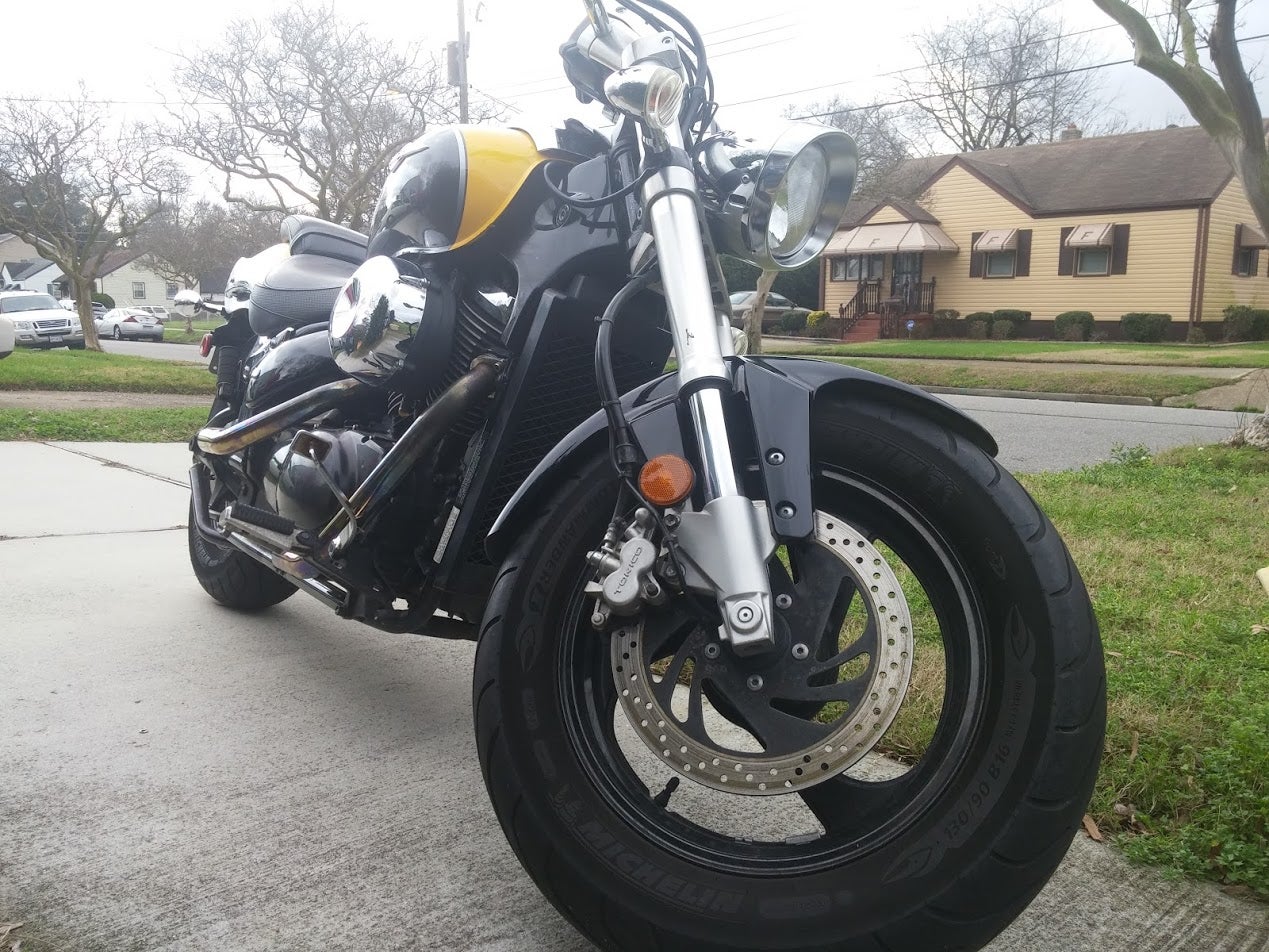
She might not look the best, but she’s got it where it counts. She’s a work in progress at the moment. Plans are to get the paint cleaned up and go from there.
Much easier doing the fuel controller on the Suzuki M50 than it was to do the jet kit on a Kawasaki ZRX I dearly miss:
Carbs in:
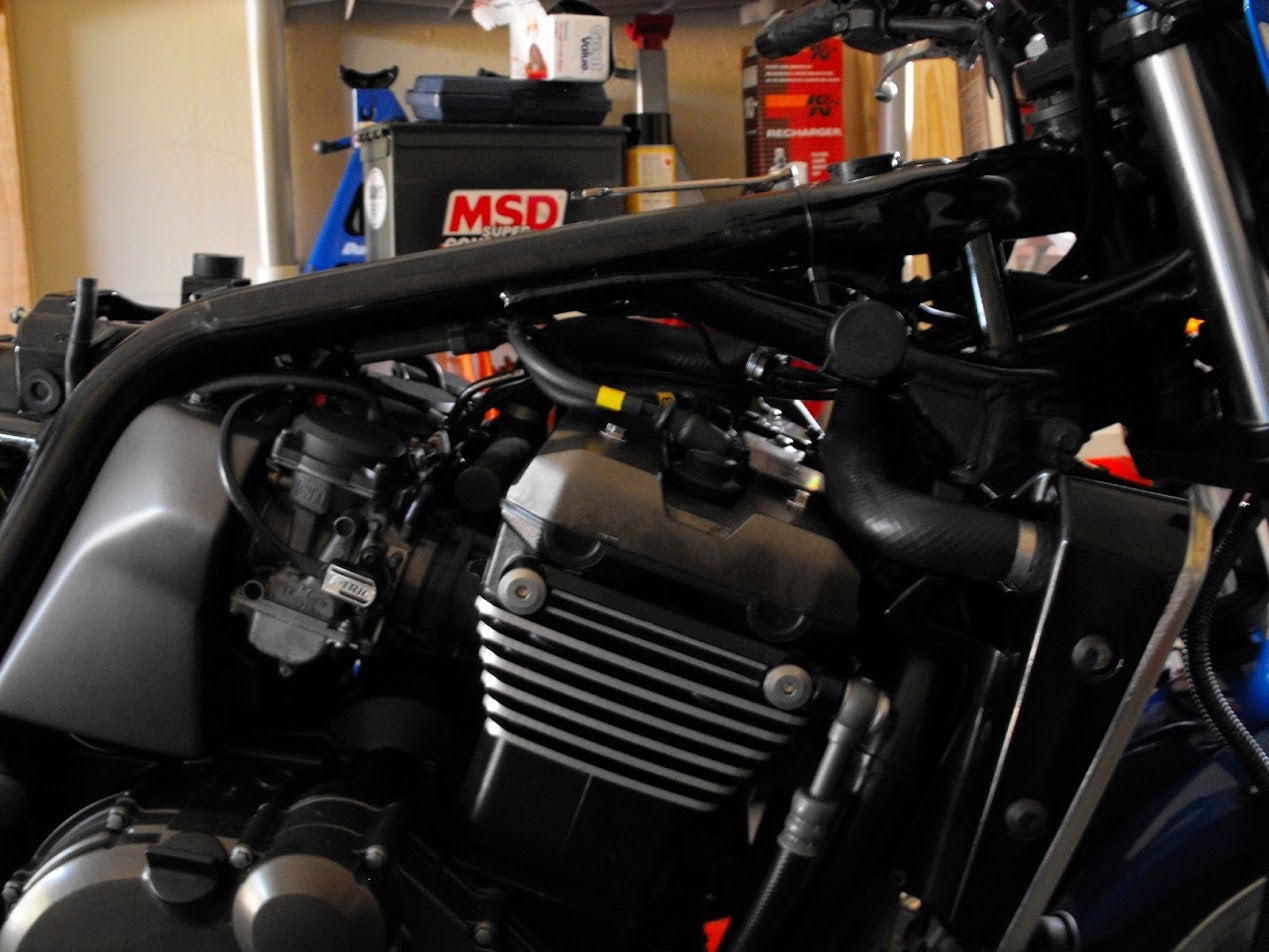
Carbs out:
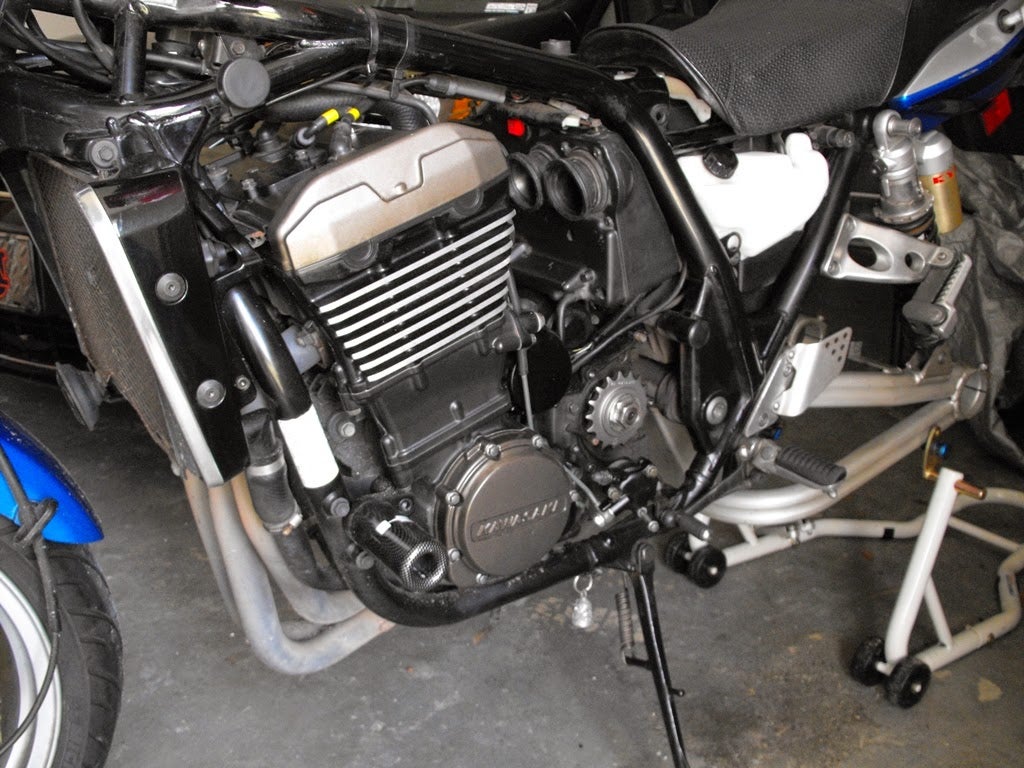
The carburetor bank comes out as a set, and goes in as a set. Woof!
 JawzX2, Boost Addict. 1.6t, 2.7tt, 4.2t
> BringBackTheCommodore
JawzX2, Boost Addict. 1.6t, 2.7tt, 4.2t
> BringBackTheCommodore
12/28/2015 at 14:25 |
|
at least with that ZRX you could leave the airbox, seat, rear fender, instrument cluster and exhaust in place when removing the carbs...
http://oppositelock.kinja.com/aaaand-out-wit…
 BringBackTheCommodore
> JawzX2, Boost Addict. 1.6t, 2.7tt, 4.2t
BringBackTheCommodore
> JawzX2, Boost Addict. 1.6t, 2.7tt, 4.2t
12/28/2015 at 14:48 |
|
Yeah, that looks a little cramped in there. To get the carbs out, I would get two thin sheets of metal, and then carefully slip one between the carbs and the boots on the airbox side. Once I had the carbs pulled loose from the head, I’d slip in the second sheet of metal (again, carefully ) and would then slide the bank out.
 brianbrannon
> BringBackTheCommodore
brianbrannon
> BringBackTheCommodore
12/28/2015 at 21:11 |
|
The backpressure myth was busted long ago. Please let it die
 BringBackTheCommodore
> brianbrannon
BringBackTheCommodore
> brianbrannon
12/29/2015 at 09:38 |
|
I’d rather have a little backpressure and ensure I keep from burning up the exhaust valves (as well as keep the neighbors happy) than run straight pipes.
Okay, I’ve done some research, looks like backpressure is of most importance in a 2-stroke, not 4-stroke, engine. Learn something new every day.
 brianbrannon
> BringBackTheCommodore
brianbrannon
> BringBackTheCommodore
12/29/2015 at 16:44 |
|
If you mean backpressure is of no importance then you are correct.
https://m.youtube.com/watch?v=RWTARj…
 BringBackTheCommodore
> brianbrannon
BringBackTheCommodore
> brianbrannon
12/29/2015 at 17:41 |
|
That video did a great job explaining exhaust design, and it *did* explain the science behind the exhaust system design, and touched on a tad of fluid dynamics - the turbulence at the pipe wall, the boundary later inside the straight pipe, and so on. For me, though, the jury is still out on whether zero backpressure can cause valves to be burned - same for the rest of the forums, articles, videos, and posts that I’ve read.
A couple of applications I’ve thought about have rebuild cycles: aircraft recip engines and race engines.
 BringBackTheCommodore
> brianbrannon
BringBackTheCommodore
> brianbrannon
12/29/2015 at 18:10 |
|
Okay, so after much searching, the “burned valves” is more likely caused by a lean condition on the engine than anything else. Backpressure can aid in avoiding a lean condition by slowing the cylinder scavenging process.
Really, it’s not about the lack of backpressure, it’s more about having the fuel-to-air/air-to-fuel ratio set properly, more so than anything else.
It may be true that burned valves are not common these days due to advances in metallurgy and so on, but really, the culprit for the burned valves comes from an extended run time in a lean condition, which will not only fry the cylinder head, but the piston as well.
So no, burned valves are not caused by a low backpressure exhaust, that is correct. What was left out is that exhaust valves can be burned by running the engine in a lean condition, which can be caused by running an exhaust that scavenges really, really well.
TL;DR: Yes, straight pipes
can
lead to burned valves, in that the engine runs leaner in stock tune when using straight pipes vice the stock exhaust.
 brianbrannon
> BringBackTheCommodore
brianbrannon
> BringBackTheCommodore
12/29/2015 at 19:37 |
|
Yeah, no. An aluminum piston will melt long before a steel exhaust valve. And there isn’t an exhaust made that’s so super efficient that it will lean your mixture out that much.
 FallenSped
> BringBackTheCommodore
FallenSped
> BringBackTheCommodore
11/18/2017 at 15:48 |
|
I have question. Once i install the fuel processor. what would be good settings to put the bike at for overall performance and fuel mileage?